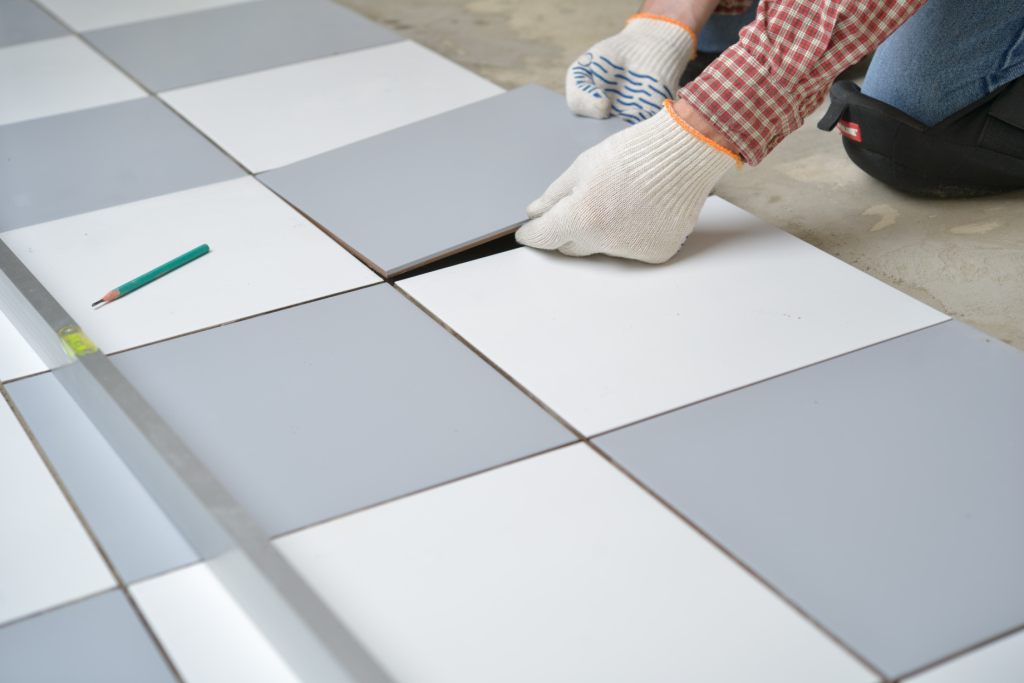Floor waste is an essential component of any home’s plumbing system. It helps to remove wastewater and prevents water damage and health hazards caused by stagnant water. In this article, we will discuss the importance of installing floor waste in your home, its benefits, and how it works.
What is Floor Waste?
Floor waste, also known as floor drain, is a plumbing fixture installed on the floor of a room or building to collect wastewater and direct it to the sewer system. It typically consists of a grated cover, a trap, and a waste pipe.
Why is Floor Waste Important?
Installing floor waste in your home is crucial for several reasons, including:
Preventing Water Damage
Floor waste prevents water damage caused by flooding, leaks, or spills. It helps to remove excess water, preventing it from seeping into the subfloor, walls, or other structural elements of your home. This, in turn, prevents water damage, which can be costly to repair and pose health hazards, such as mold growth.
Maintaining Hygiene
Floor waste is essential for maintaining hygiene in your home. It helps to remove wastewater, which may contain harmful bacteria, viruses, and other contaminants that can cause diseases. By installing floor waste, you can ensure that your home remains clean and hygienic.
Complying with Building Codes
Floor waste is often required by building codes, especially in areas prone to flooding. Building codes require floor waste to be installed in wet areas, such as bathrooms, laundry rooms, and basements, to prevent water damage and maintain hygiene.
How Does Floor Waste Work?
Floor waste works by gravity. The wastewater flows through the grated cover and into the trap, where it is collected and directed to the waste pipe. The trap prevents foul odors and gases from entering your home and also helps to prevent the clogging of the waste pipe by trapping debris.
Types of Floor Waste
There are two main types of floor waste:
Standard Floor Waste
Standard floor waste is the most common type of floor waste. It is typically installed in wet areas, such as bathrooms and laundry rooms, and comes in various sizes and designs to suit different applications.
Shower Waste
Shower waste is a specialized type of floor waste designed specifically for use in showers. It is usually installed in the center of the shower floor and comes with a removable grate to allow easy cleaning.
Conclusion
In conclusion, installing floor waste in your home is crucial for preventing water damage, maintaining hygiene, and complying with building codes. It works by gravity and comes in two main types: standard floor waste and shower waste. By investing in floor waste, you can ensure the safety and cleanliness of your home.
